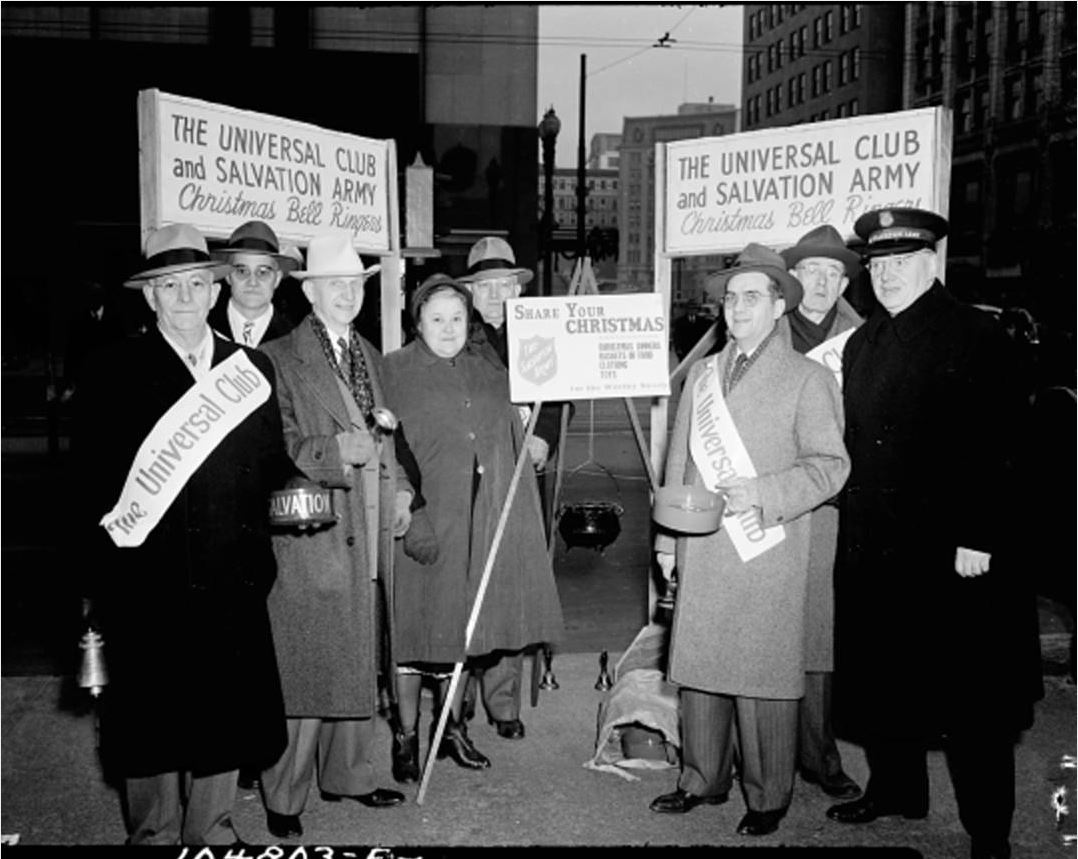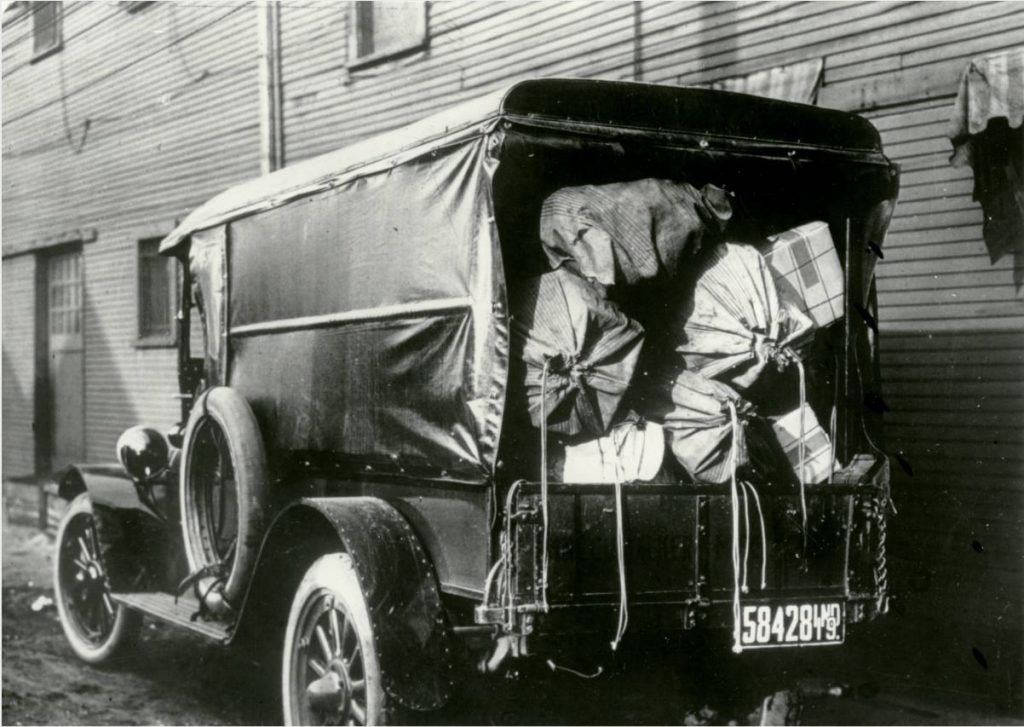
Plan your visit
What happens when you donate to a museum’s annual fund?
November 22, 2019

It’s that time of year again; cooler days, longer nights, an electric stirring to the air as plans are made … and a whole USPS truck of solicitations stuffed in your mailbox.

Madam C.J. Walker Collection, Indiana Historical Society
These mailings often use terms like “where most needed,” “organizational priorities,” or “greatest need.” Phrases like these are ways nonprofits traditionally refer to their annual fund which exists to offset the costs of everything ranging from maintenance to lighting to staff costs.
If we were to use an animal shelter as an example – because who can say no to puppy eyes – then you might expect the annual fund to cover tangible costs like food, medicine, litter, toys and cleaning supplies. It makes sense to donors that their $100 could buy a lot of kibble. When it comes to cultural organizations like museums, those costs start to become more abstract (we rarely buy litter). So, what would a historical organization do with that same $100?

Indianapolis Recorder Collection, Indiana Historical Society
The easy answer would be to say those funds would cover utility bills or general facility upkeep, but where is the fun in that? A donation of $100 could cover the admission for a 4th-grade class to learn about their state’s rich history. Those same funds could support a student intern for a week as they digitize family records. It is amazing how a yearly gift can have such a long-term impact on your community.
When you open your mailbox and find a small mountain of solicitations, it might be time to move from “where does it all go” to “what good can I do with this?”









